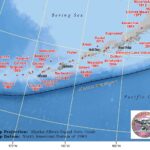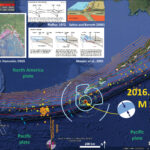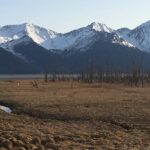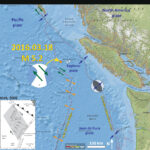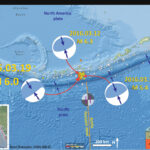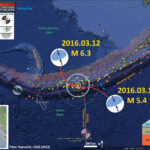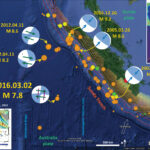Pavlof Volcano (PV) is erupting. PV is located near Sand Point Alaska, along the eastern Aleutian Magmatic Arc. The Alaska Volcano Observatory placed the PV into alert level “warning” and aviation color code red. Below is the description of the…
Earthquake Report: Nikolski!
As I was writing my page on the 1964 Great Alaska Earthquake (here), there was a M 5.7 earthquake along the Aleutian Trench east of the Amlia fracture zone. Here is the USGS web page for this earthquake. The region…
Good Friday Earthquake: 1964/03/27 in Alaska
Today we commemorate the Good Friday Earthquake, which occurred on March 27, 1964. This is the second largest earthquake ever recorded on modern seismographic instruments. I summarize some of the information that we have about this earthquake, but this is…
Earthquake Report: Explorer plate!
We just had an earthquake along a fracture zone within the Explorer plate. The Explorer plate is the northernmost subducting plate in the Cascadia subduction zone system. I post material about the CSZ here and here. Below is my earthquake…
Earthquake Report: Atka strikes again!
Today we had another cluster of seismic activity in the Aleutians, just west of the Amlia fracture zone. This series of earthquakes occurred just west of some earthquakes from last week or so. Here is my earthquake report for those…
Earthquake Report: Aleutians, Atka (near Amlia fracture zone)!
This morning we had a series of earthquakes along the Aleutian trench near Atka and the Amlia fracture zone. This is a very active part of this plate boundary and I summarize some of this below. The USGS has a…
Earthquake Report: Sumatra!
We just had a M = 7.8 earthquake southwest of the Island of Sumatra, a volcanic arc formed from the subduction of the India-Australia plate beneath the Sunda plate (part of Eurasia). Here is the USGS website for this earthquake.…

